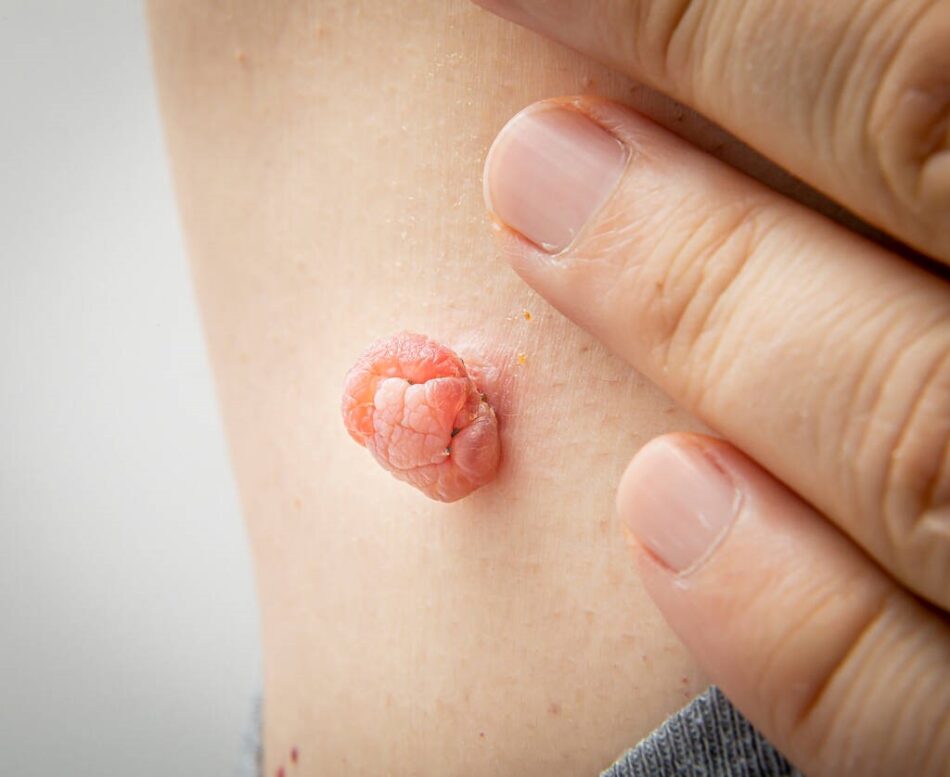Skin tags are small, flesh-colored growths that commonly appear on areas of the body where skin folds or rubs together. Although harmless, they often cause annoyance due to their location or appearance. One of the common concerns people have is whether skin tags bleed when they are removed—and if so, how much bleeding is considered normal. This concern becomes especially relevant for individuals considering Skin Tag Removal in Dubai, where advanced cosmetic solutions are widely available for quick and safe removal. Let’s explore what happens during skin tag removal and what you should expect in terms of bleeding.
Why Do Skin Tags Bleed?
Skin tags contain a small blood supply, which is why they may bleed if irritated, scratched, or removed. Though they are not deeply rooted into the skin like moles, they are still connected through a narrow stalk that includes skin tissue and tiny blood vessels. If that connection is cut—whether accidentally or during removal—it can cause minor bleeding.
The amount of bleeding typically depends on:
- The size of the skin tag
- The location on the body
- The method of removal
- Whether it was removed professionally or at home
Professional Skin Tag Removal
One of the biggest differences in bleeding risk comes down to how the skin tag is removed.
Professional Removal
When performed by a trained specialist, skin tag removal usually results in very little bleeding. Clinics in Dubai often use advanced tools like:
- Cryotherapy (freezing)
- Radiofrequency (RF) ablation
- Cauterization (burning)
- Surgical excision with sterile instruments
These methods are quick and typically seal off blood vessels as the skin tag is removed. That means bleeding is controlled and minimized on the spot. For most patients, bleeding is almost negligible.
What to Expect During Professional Skin Tag Removal
If you’re going in for professional skin tag removal, here’s what typically happens:
- The area is cleaned and often numbed
- The tag is removed using a precise, sterile method
- Any small bleeding is immediately stopped using cautery or a topical solution
- A small dressing may be applied if needed
- Aftercare instructions are provided for optimal healing
In most cases, the bleeding is minimal—like a small drop of blood from a pinprick. There’s no need for stitches or extended downtime.
When Is Bleeding a Concern?
While light bleeding is expected with some removal methods, there are situations when bleeding may signal a problem:
- The bleeding continues for more than 10–15 minutes
- The site becomes red, swollen, or hot after a few hours or days
- Pus or fluid begins to leak from the area
- You have a bleeding disorder or take blood-thinning medications
If any of these symptoms occur, it’s best to contact a medical professional promptly.
Tips for Minimizing Bleeding and Promoting Healing
If you’re planning to get a skin tag removed, you can take some steps to reduce bleeding risk and ensure smooth healing:
- Choose a reputable clinic with certified practitioners
- Avoid blood-thinning medications like aspirin (if advised by your doctor)
- Follow aftercare instructions such as keeping the area dry and clean
- Don’t pick at the scab or wound during healing
- Apply antibacterial ointment if instructed
How Long Does Healing Take?
The healing process after removal is usually straightforward. Most people notice the small wound closing within 5 to 10 days, depending on the removal technique and the size of the tag. Bleeding stops within minutes during the procedure, and any scabbing or crusting will fall off naturally. There’s often no visible mark left behind—especially when the procedure is done with precision, as offered in professional Skin Tag Removal clinics, where care is taken to preserve the surrounding skin.
Final Thoughts
Yes, skin tags can bleed when removed, especially if done without professional help. However, under proper medical supervision, the bleeding is usually minimal and managed with expert care. Whether your skin tag is causing discomfort or you’re just looking for a smoother appearance, understanding what to expect can ease your concerns and prepare you for a safe, effective procedure.
 WhatsApp Us Now
WhatsApp Us Now








